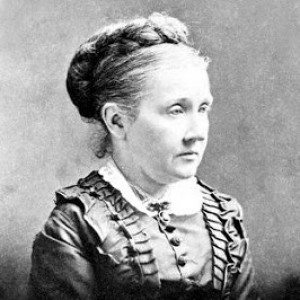It’s coming up on Pearl Harbor Day again, and I’ve been thinking lately about our World War II veterans, who are getting pretty old nowadays. And so, this week seems like a good time to watch a movie that explores the lives of those veterans, and I can’t think of a better film on this subject than The Best Years of Our Lives.
This film was made in 1946, just one year after the war ended, and because of that, it’s able to express the reality of veterans coming home from the war. The plot centers around three men–an older sergeant with two mostly grown kids and a cushy job at a bank to return to; an officer who flew in B-17s as a bombardier, from a poor family who married in haste before he went off to war; and a sailor who lost both his hands on a ship in the Pacific and has come home to his family and a long-time girlfriend.
Fredric March won an Oscar for his potrayal of the sergeant, who is coping with his reentry into civilian life by drinking. A lot. Like, a LOT. It’s reminsicent of his performance in A Star Is Born (the original, not the Judy Garland version). His anger at the people who stayed behind, and their lack of compassion for those who fought, is very moving. Luckily he’s got Myrna Loy as a wife, because she is very sympathetic about why he’s drinking so much. The strength of their relationship is incredible, and the scene where he comes home to her makes me cry every time I see it.
Dana Andrews plays the bombardier, and I’ve always been fascinated by his character because his story is a lot like my grandfather’s. He was a bombardier too, and an officer, and from a non-wealthy family, and when he came home, he had trouble finding meaningful work, just like Andrews’ character. (Luckily my grandmother wasn’t at all like Andrews’ wife.) The shift from respected officer to soda jerk is not an easy one for Andrews, and on top of that, there’s the PTSD, which is explored in more detail than one would expect in a film made in the 1940’s.
Lately, though, I’m feeling a sort of kinship with the sailor, played by Harold Russell, who won two Oscars for this role. Russell actually did lose his hands during the war, in a training accident, and used the hooks you see in the film in real life. That he was not an actor before his accident is astounding to me, because he’s outstanding in this film. What gets me about his character is how frustrated he is about his loved ones not acting the way he wishes they’d act. Not that he seems to know how he’d like them to act–he just knows the way they’re acting makes him feel angry and isolated. Everything everyone says is wrong, and he doesn’t know what to say to them either. So he retreats from everyone, even though they want the best for him. It’s really easy to do that when you’re damaged, and as we see in the film, love and acceptance can help you overcome that urge and find a way to build your relationships back up again. In fact, that’s what all three characters show us–that love helps heal the wounds left by trauma. It’s a beautiful sentiment expressed in a movie filled with a huge amount raw emotion.
I’m also surprised every time I see this film at how timely it is. People who come home from war face the same struggles today that they did in 1946, and it’s important for those of us who stayed behind to understand those struggles, so we’re better able to help.
So, get some kleenex and check out The Best Years of Our Lives, and let me know what you think in the comments!
